Proud to know that I have "different" blood
Attending the meeting to honor compatible blood donors, Ms. Le Thi Thu Phuong, a lecturer at the University of Medicine and Pharmacy, Vietnam National University, Hanoi, shared that she has been donating blood since she was a first-year university student. Up to now, she has donated blood about 20 times. However, for Ms. Phuong, it was not until 2020 that she learned that her blood type O contains special antigens, suitable for donating compatible blood (phenotype).
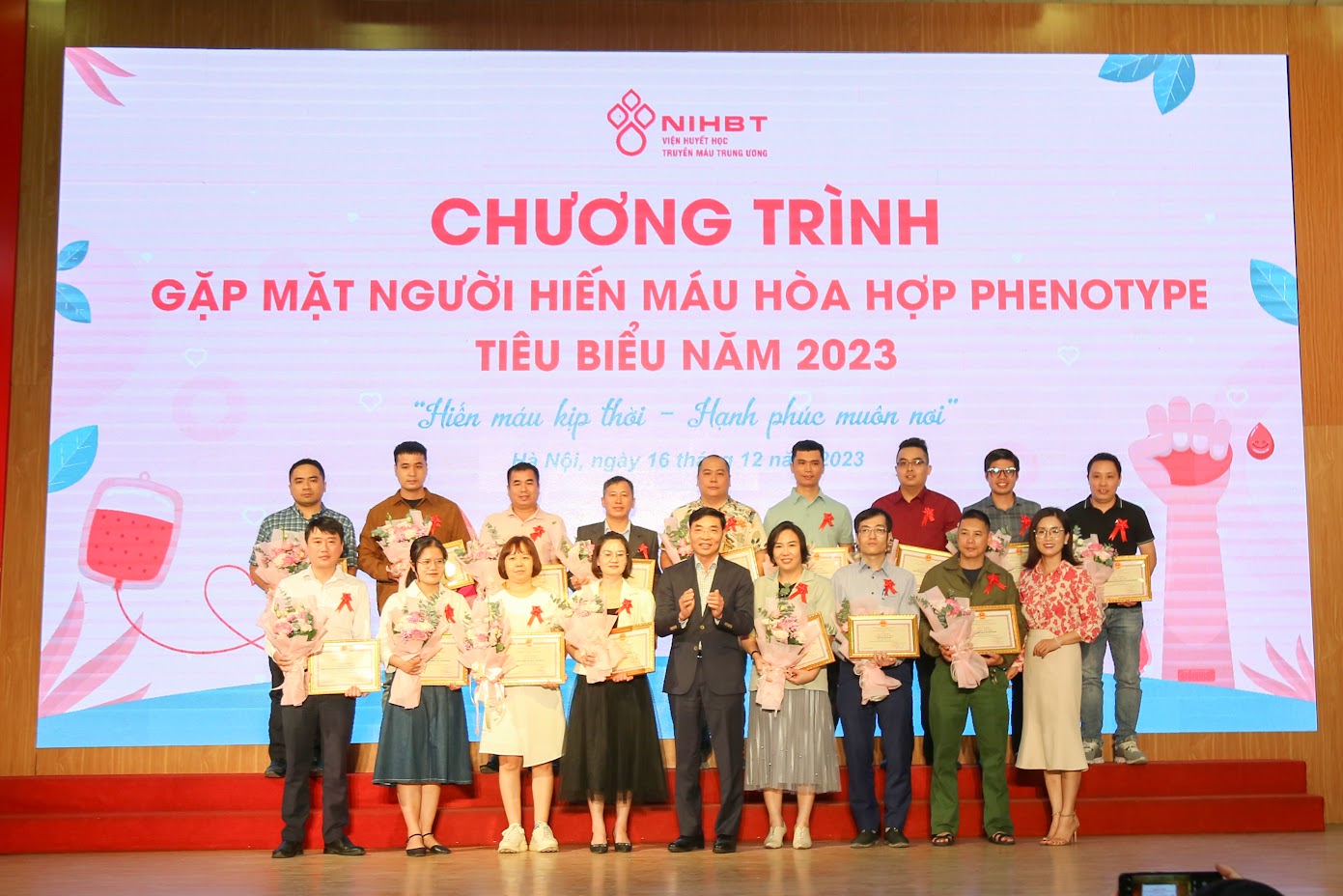
Ms. Le Thi Thu Phuong (standing 2nd from left, front row) at the meeting of compatible blood donors.
"Although I work in the medical field, I have not heard much about compatible blood donation. When I went to donate blood, I only knew that I had blood type O, which could be suitable for transfusion to patients with different blood types. Then I was explained that under blood type O, there are still many different types, so it could be suitable for transfusion to patients with congenital hemolytic anemia who need regular blood transfusions," said Ms. Phuong.
Since knowing that she can donate compatible blood to help many patients with thalassemia, Ms. Phuong shared: "I am always ready to go to the hospital to donate blood whenever a patient needs it and the hospital calls."
Once, while teaching, she received news that a child with congenital hemolytic anemia was in dire need of a transfusion of O rezo compatible blood. When class ended, Ms. Phuong rushed to the Institute of Hematology to donate blood to save the patient.
"When I found out that I had a "different" blood type O, I felt more meaningful, more able to contribute to people, and from there I also felt more responsible for the community and children with blood diseases. I used to do clinical work here and met many children with iron overload, bone deformities, enlarged livers, enlarged spleens, etc. who often needed compatible blood transfusions. It was very heartbreaking," Ms. Phuong shared more.
Having also participated in voluntary blood donation for 15 years, Mr. Nguyen Ba Loi (56 years old, in Dong Anh) only found out at the end of 2019 that he had a compatible blood type to donate blood. Since then, he has never refused any request to "go to the hospital to donate blood to help patients waiting for blood" even though the distance from his home to the hospital is nearly 30km.
Mr. Loi still remembers the time on the 29th of Tet, when everyone was trying to finish their work on the last day of the year to prepare for the New Year, he received a phone call informing him that a patient needed blood. After the morning shift, he quickly asked his leader for permission to take the afternoon shift off to go to the hospital to donate blood. It was a cold and rainy afternoon, Mr. Loi quickly caught the bus and ate a small cake to get to the hospital to donate blood.
"If he doesn't receive a compatible blood transfusion, he will probably have to stay in the hospital to celebrate Tet because he has to wait for blood. Before, I always thought that donating blood to save lives was something that needed to be done. When I learned that my blood is really valuable to many patients who regularly need blood transfusions, I was even more willing to do this. I will donate blood until I am no longer of age," Mr. Loi shared.
Many patients depend on blood transfusions for life.
Dr. Nguyen Thi Thu Ha, Director of the Thalassemia Center, National Institute of Hematology and Blood Transfusion, shared that phenotype-compatible blood transfusion helps minimize transfusion complications due to incompatibility between the donor and recipient. Limits the production of abnormal antibodies in the red blood cell system. Limits iron chelation treatment for patients with congenital hemolytic anemia who need regular blood transfusions. Limits immune hemolytic anemia. Thereby, it brings social and economic benefits to patients who depend on blood transfusions, helping them live a quality life, reducing costs by reducing the number of hospital visits and the number of blood transfusions.
In particular, Thalassemia is a genetic congenital disease, incurable, continuously lyses red blood cells, shortens red blood cell life, and is always in a state of anemia. Patients depend on blood transfusions for life.
Severe patients need blood transfusion every 2 weeks to be well treated, healthy people need blood transfusion once a month. There are 3,000 patients a year, each time they need at least 12 units of blood, so the need for blood transfusion is very high.
Patients who receive multiple blood transfusions will produce abnormal antibodies. Therefore, patients with congenital hemolytic anemia are at the highest risk when receiving blood transfusions. If the first transfusion encounters incompatible blood, it is fine, but the next time they encounter dissimilar red blood cells, they will produce antibodies. If there are antibodies and continue to transfuse red blood cells without antigens, there will be a hemolytic reaction, the transfusion will not be effective, and can cause a strong reaction such as ABO blood group incompatibility. Moreover, it can cause shock, and later hemolysis in the blood vessels, causing kidney failure. At a later stage, the blood cannot enter, and the excess iron in the transfused red blood cells accumulates in the body. Therefore, blood transfusion is a very important choice and determines the quality of life of the patient.
To ensure patient safety, the National Institute of Hematology and Blood Transfusion has established and continues to expand its reserve blood bank by identifying blood group antigens other than the ABO and Rh(D) systems for a number of regular voluntary blood donors. Thanks to this, when there are patients who need phenotype-compatible blood transfusions, the institute can call suitable blood donors from the list.
In 2023, the institute provided 2,681 units of phenotype-compatible blood to treat patients in the hospital and several other hospitals.
In June 2021, the International Society of Blood Transfusion recognized that there are up to 43 red blood cell blood group systems with 376 different blood group antigens. Each blood group system consists of 1 or more antigens, the most complex being the Rh blood group system with over 50 antigens.
The discovery of different blood groups of the red blood cell system explained the cases of transfusion accidents despite ABO blood group compatibility.
Safe blood transfusion has also taken a step forward thanks to scientists mentioning the implementation of compatibility testing between donors and recipients.
Source: https://www.baogiaothong.vn/ton-vinh-200-nguoi-mang-dong-mau-khac-biet-san-sang-hien-tang-192231216131854902.htm



![[Photo] Prime Minister Pham Minh Chinh chairs the national online conference on combating smuggling, production and trade of counterfeit goods.](https://vphoto.vietnam.vn/thumb/1200x675/vietnam/resource/IMAGE/2025/6/23/4a682a11bb5c47d5ba84d8c5037df029)


![[Photo] Prime Minister Pham Minh Chinh holds meeting to launch exhibition of national achievements to celebrate 80th National Day](https://vphoto.vietnam.vn/thumb/1200x675/vietnam/resource/IMAGE/2025/6/23/0c0c37481bc64a9ab31b887dcff81e40)

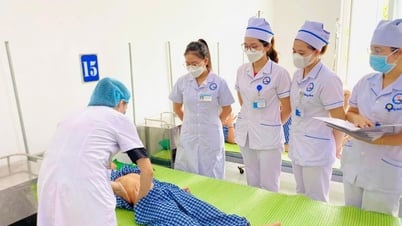



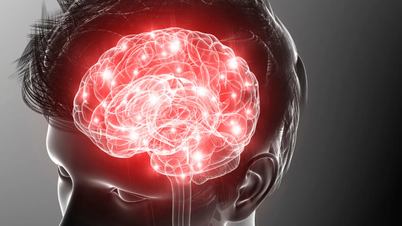

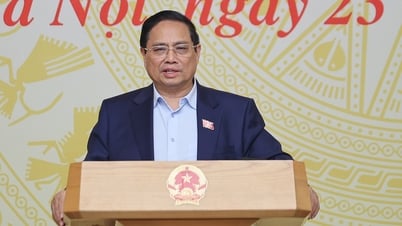








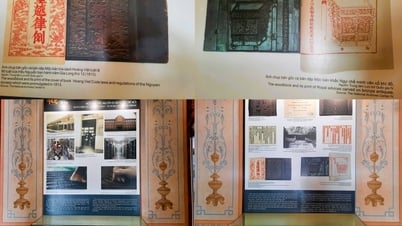





![[Photo] Party Congress of the Central Internal Affairs Commission for the 2025-2030 term](https://vphoto.vietnam.vn/thumb/1200x675/vietnam/resource/IMAGE/2025/6/23/5bf03821e6dd461d9ba2fd0c9a08037b)






























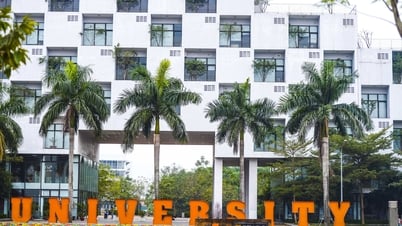

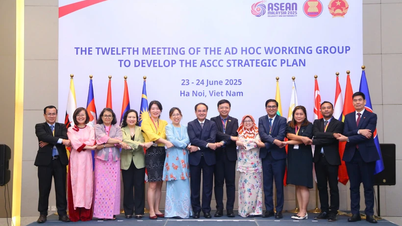








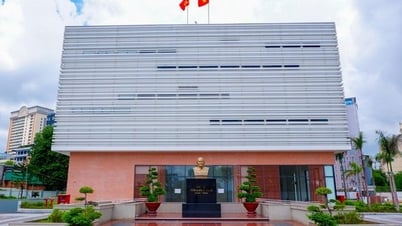



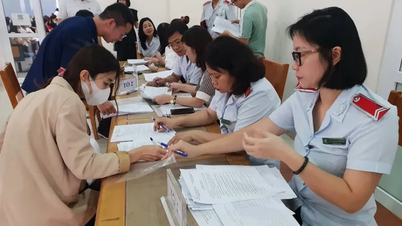


















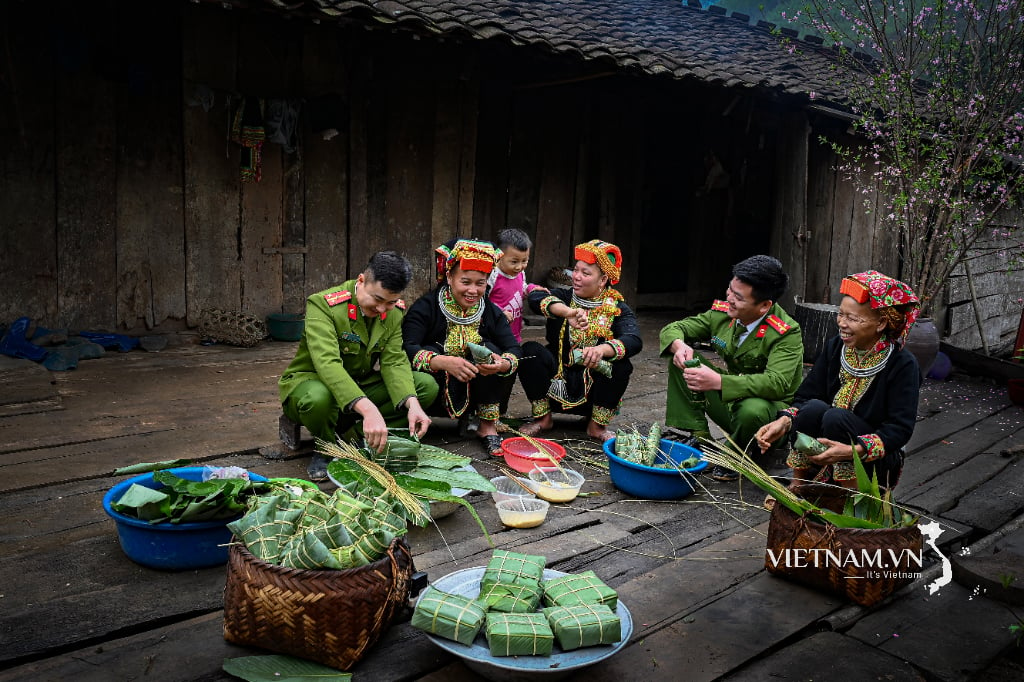



Comment (0)